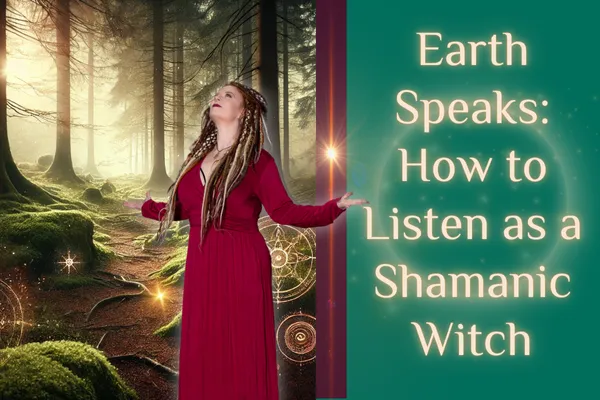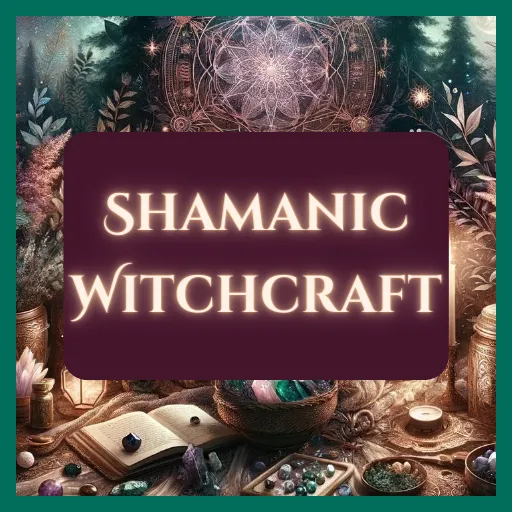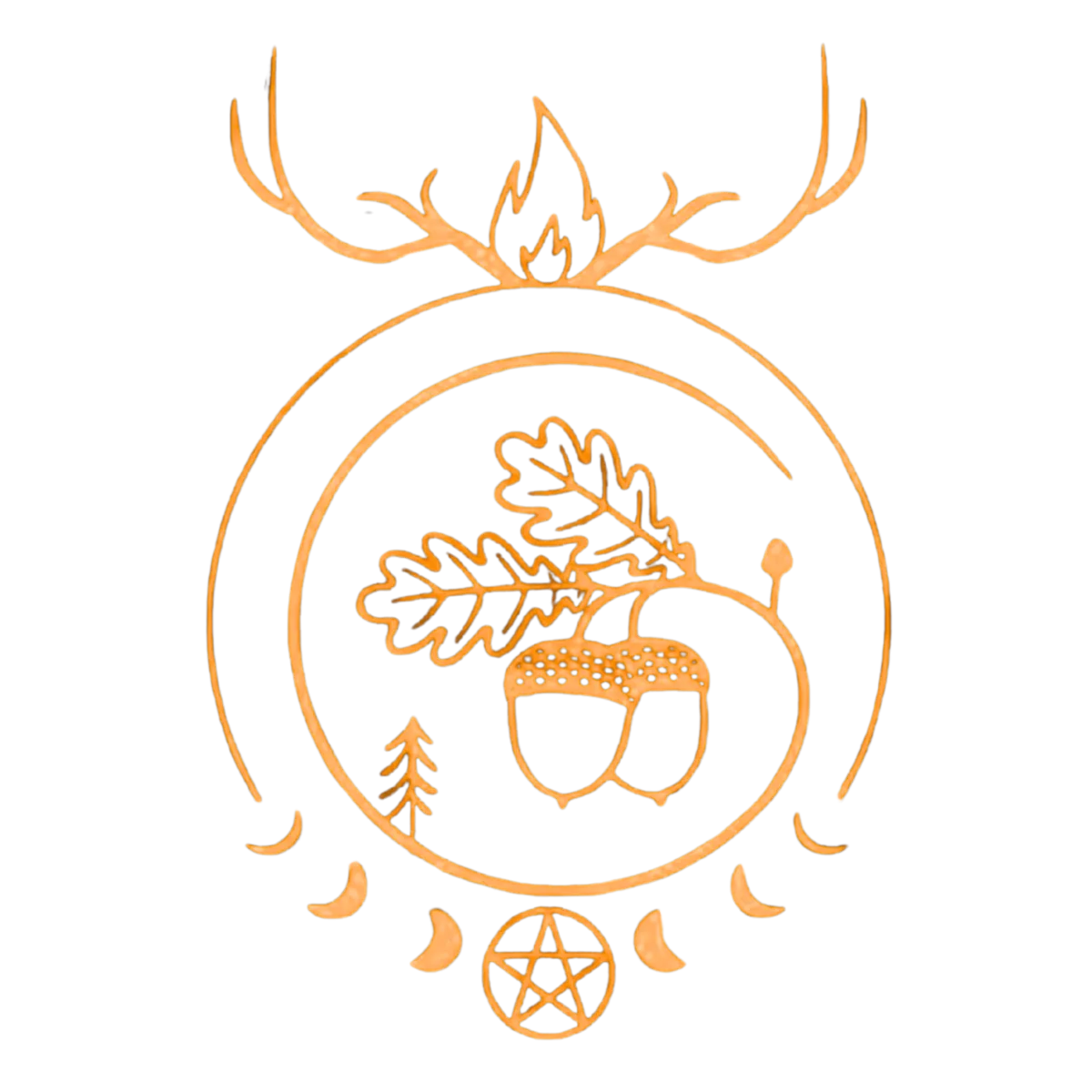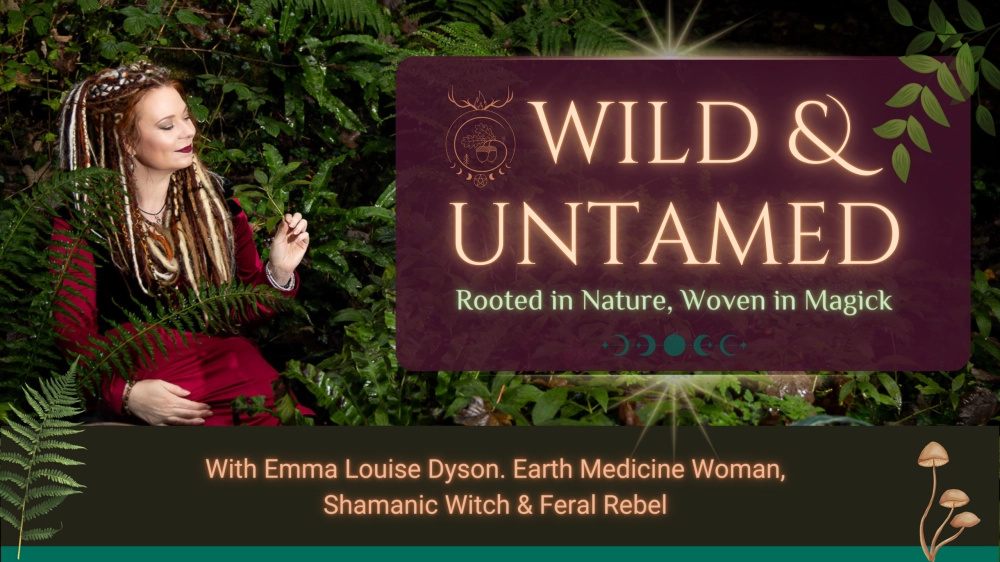BRIGATTA
Blog

Earth Speaks: How to Listen as a Shamanic Witch
"The earth has music for those who listen." - George Santayana
We're all rushing about, aren't we? So easy to miss the quiet chatter of the ground beneath our feet. But have you ever stopped, just for a moment, and wondered how the earth tries to speak to us? Not through anything grand, like a rainbow or a butterfly landing on your nose, but in the subtle shifts, the eerie quiet of the birds before a storm, or that pesky weed that pops up year after year. That's what listening to the land is all about – a sort of dance with patterns, memories, and relationships.
In this blog, I explain how reading the landscape is like learning a language written in a different script – one we grasp not with words, but with a keen awareness of what's around us.

A book that's really shaped my thinking is "Wild Signs and Star Paths" by Tristan Gooley. He's not a witch himself, but his insights into natural navigation feel almost magickal. He shows us how to decode the landscape's language through things you can actually see and feel: the way trees lean, changes in cloud formations, or the sudden hush before a storm. This kind of observation goes beyond just metaphors; it touches on the very heart of witchcraft – reading and working with nature's signs.
Listening to the land is all about relationship. It's not about doing rituals on your own, but about showing up consistently, with respect and a good dose of curiosity. Every bit of land, whether it's a field, a woodland path, or a patch of weeds, has its own unique energy, its own mood and story. I've noticed different energies in different places: a watchful walkway near my home, compared to a wide-open, welcoming retreat. Recognising these energies isn't just a hunch; it's the land talking to you.
"Some places feel wide open, like they're waiting for you with open arms, and others feel closed," it is important to use your judgement. Just like with people, you're not meant to work with every place. Respecting those boundaries keeps your connection with the earth honest.
This shamanic witchcraft approach isn't about taking something every time you connect with a place; it's about building a rich, two-way relationship. If you keep going back to a particular spot and observe it with a sense of wonder, you'll start to understand its language. Notice the wind's direction, the plants that thrive or struggle, the animals that pass through, and how all these things affect your senses. There’s a single chamomile flower reminding me to slow down and breathe – a gentle nudge to listen to the land's quiet voice.
I suggest thinking about the plants that keep popping up, and what they might be telling you about the land's past or present. For example, loads of dandelions might mean the soil needs healing, as they help enrich it with minerals. You don't need to know everything about every plant; just asking, "Why's this growing here?" starts to reveal the land's hidden layers of memory and healing.
Then add a simple ritual. Perhaps ask the land a question and look for an answer in the changes around you. Then, leave a small offering as a thank you. Keep it genuine and simple – it's about saying, "I see you, and I'm listening."
Ultimately, listening to the land isn't about forcing a connection or claiming access to any place we fancy; it's about showing respect and patience. This openness allows for deeper, more meaningful interactions with the earth, and turns your experience from just walking on the land to working with it.
If you're intrigued by the idea of building a deeper relationship with the earth, my video is a great way to start understanding how to bring shamanic witchcraft into your everyday life. Embark on this journey of discovery and experience the joy of knowing you're part of a bigger ecological conversation.
If this resonates with you, and you're keen to explore earth-centred practices and the wisdom of the wild, have a watch of my insightful video on The Wild and Untamed Way. You'll not only see the world around you, but truly listen to it.



Listen to Our Podcast Anywhere, Anytime!
Coming Soon...
Tune in from your favorite podcast platform or our website, and let the wisdom of our guests and host, Emma, accompany you on your path to personal growth and transformation, no matter where life takes you.
Sign up now and receive a free monthly ritual to ignite the magic within!
COPYRIGHT © 2024 WILD AND UNTAMED ALL RIGHTS RESERVED|THEME BY EASY PEASY BUSINESS


